Ice-Dam Protection: How Far Up the Roof?
One 36-in.-wide roll of self-adhering underlayment is typically installed — but it probably won't meet code.
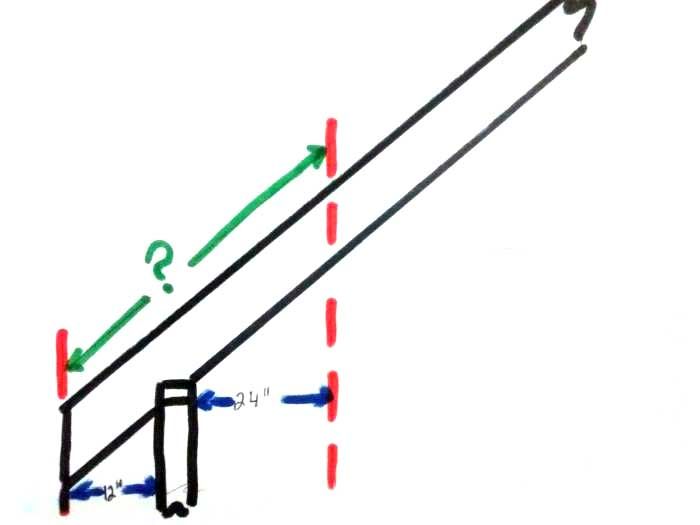
There was a lot of snow during the winter of 2014-2015 and more ice-dam problems than I had ever seen. And there were loads of roof leaks due to the ice dams — even on homes where the roofer installed self-adhering leak-protection membrane along the eaves. So were the membranes defective? Probably not. The problems were likely due to the roofer not following the building code.
Many roofers and contractors think one course of self-adhering membrane along the eave edge is enough, but it’s unlikely to be enough to comply with the building code. Section R905.1.2 says, “Ice barrier shall … extend from the lowest edges of all roof surfaces to a point not less than 24 inches inside the exterior wall line of the building.”
The 24 in. is measured horizontally, so when you figure in a typical eave overhang and the wall thickness and then calculate how far up the roof slope the membrane has to reach, it exceeds the typical 36-in. sheet width.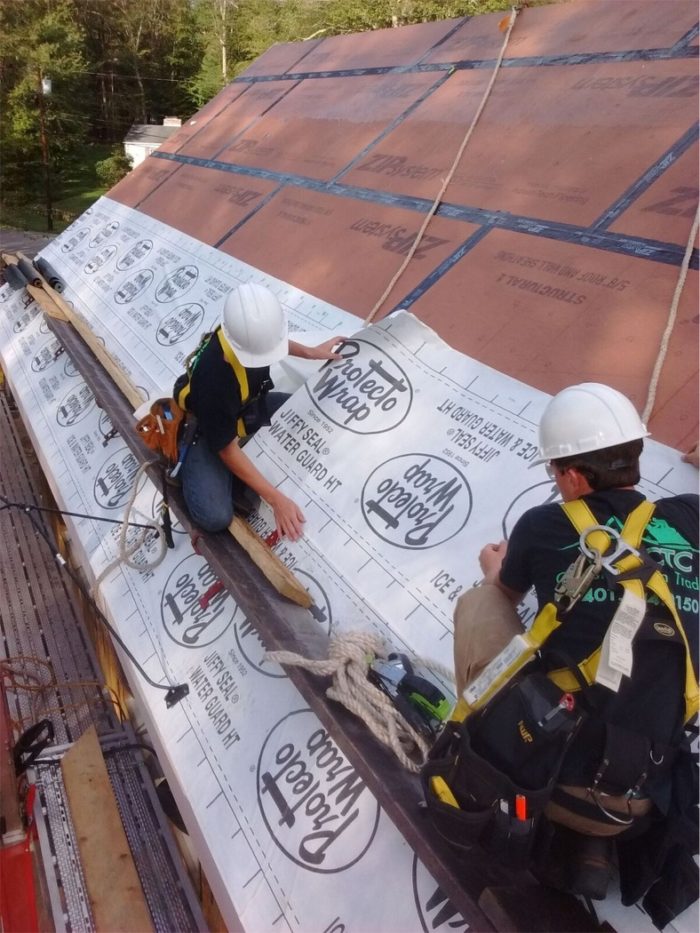
Take our house, for example. The eave extends about 14 in. horizontally from the exterior wall sheathing. The wall is 6 in. wide (sheathing and studs). Add those measurements to the 24 in. inside the wall, and it totals 44 in. of run. The roof has a slope of 10-in-12. When I punch the numbers into a construction calculator, the diagonal roof-slope measurement from the fascia to the 24-in. line is 57-1/4 in. — over 21 in. farther up the roof slope than a single membrane roll width reaches.
So on the ProHOME, Nick and Addie installed two courses of ProtectoWrap’s JiffySeal Ice and Water Guard for 68 in. of roof coverage.
Fine Homebuilding Recommended Products
Fine Homebuilding receives a commission for items purchased through links on this site, including Amazon Associates and other affiliate advertising programs.

Flashing Boot Repair
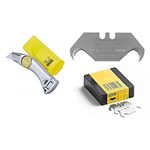
Hook Blade Roofing Knife

Roof Jacks


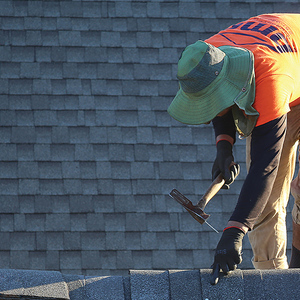







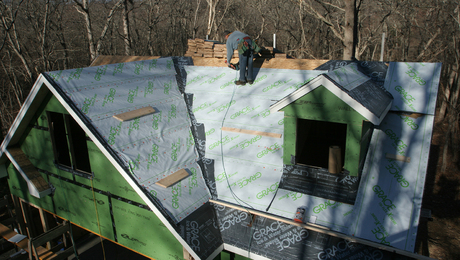
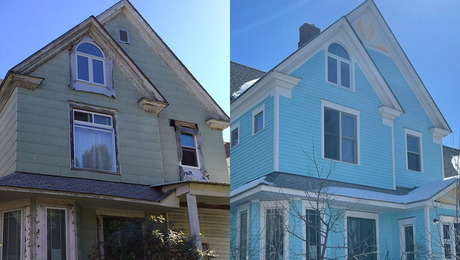
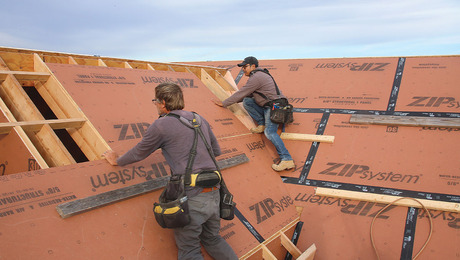
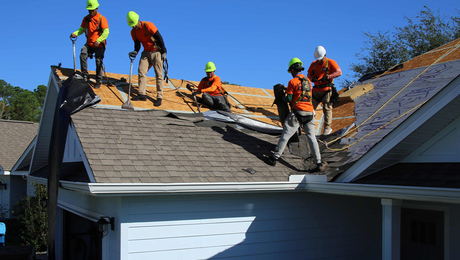
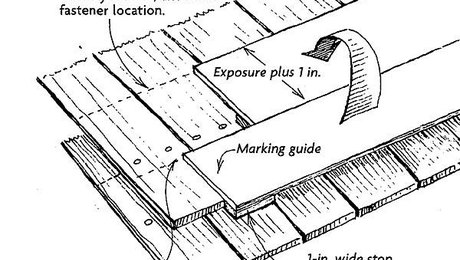










View Comments
Good to read! Roof leak is the common problem for many homeowners mostly during hurricane and snow season. The roof may easily get damaged due to snow and tornado. So to protect the roof, it should be well covered to avoid minor damages from snow or tornado. Leak protection is very necessary to avoid the problem of water damage in the house. Roof leak is the main source of causing water damage in the home. One of my friends got the problem of roof leak in the house which is damaging the structure of the house. Maybe her roof is not well properly covered. Because of which her friend suggested her to take the help from a roofer and also a home insurance claim adjuster (http://allclaimsusa.com/home-insurance-claim-adjuster) for filing the claim as a home insurance policy covers the damage.